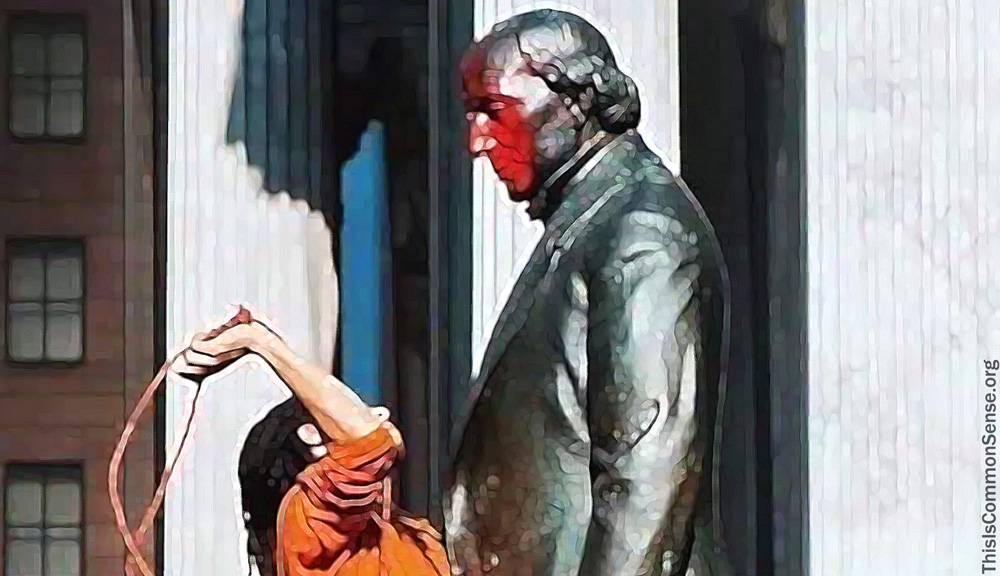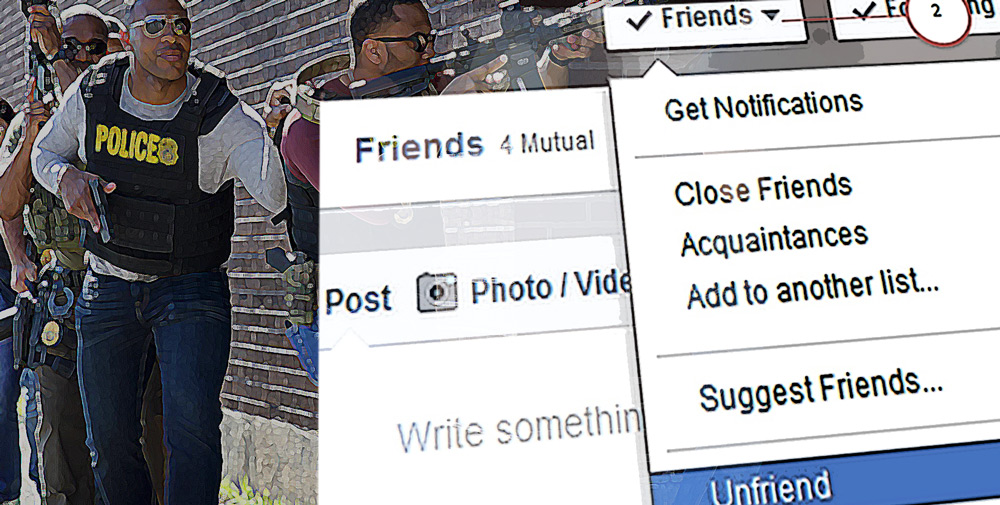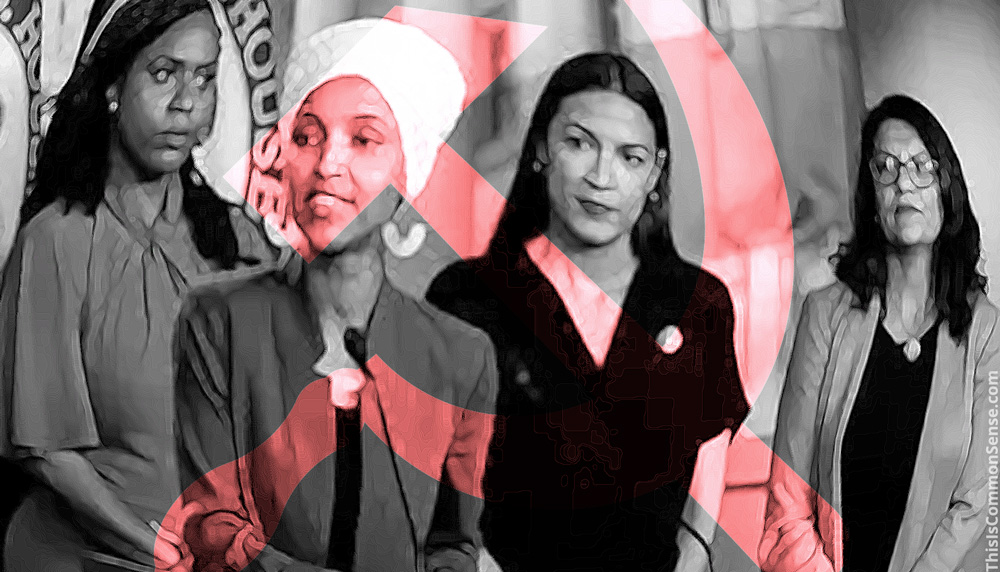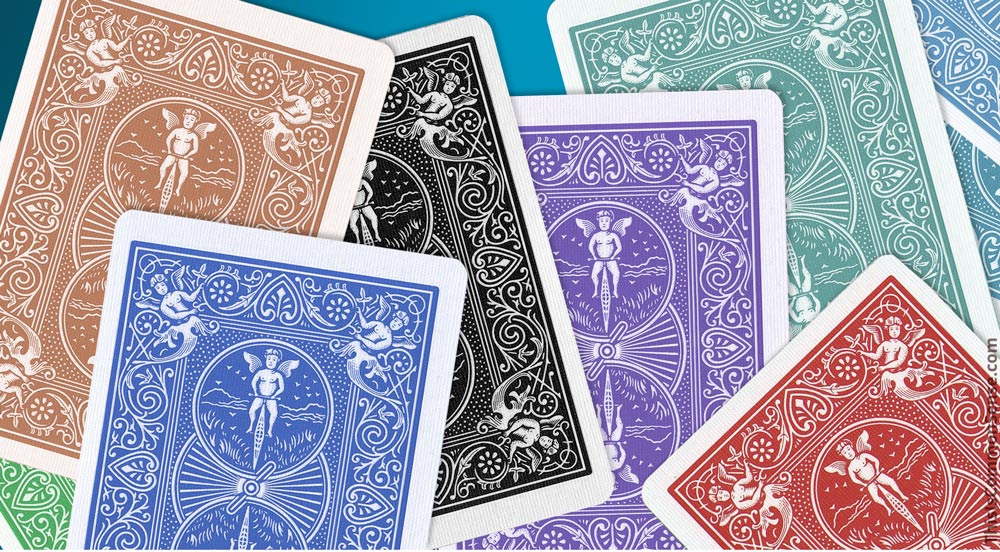Though I opposed the 2003 U.S. invasion of Iraq, I was not at all offended when an Iraqi mob toppled the statue of Saddam Hussein.
I liked it. That statue was a symbol of oppression.
In my mind, at least.
I guess that’s the rub, eh? A symbol of oppression to one person might be an important piece of history to another.
Here in the good ole USA, we now have our own variant of statue roulette going on, of course. And I wonder: Can we not find a better way to decide public policy regarding statue removal than today’s status quo of leaving it up to roaming, violent mobs? Iconoclastic crowds that, we can see, have some trouble coherently identifying the enemy symbols they seek to vandalize.*
“[T]he choice in 2020 is very simple,” offers President Trump. “Do you want to bow before the left-wing mob or do you want to stand up tall and proud as Americans?”
Actually, cancel those calisthenics.
Let’s vote on the issue.
Either lawmakers or citizens should initiate ballot measures, city by city, state by state, asking voters to choose: keep or remove said statute(s).
The advantages?
- A more fair and democratic approach, for starters.
- Less public policy decision-making by mobs.
- No one else need be critically injured from faulty statue-removal efforts.
Perhaps most important of all, a real discussion and debate can take place.
Where all sides can be heard.
Whatever decisions get made regarding any given monument, we would at least better understand each other.
Let’s stop fighting and start voting.
This is Common Sense. I’m Paul Jacob.
* Monuments to famous abolitionists, Matthias Baldwin and John Greenleaf Whittier, as well as a memorial to fallen Union soldiers, who gave their “last full measure of devotion” to end slavery, have been defaced or destroyed. “The irony of vandalizing a monument to those who died to end slavery,” said a Friends of Matthias Baldwin Park member, “is lost on the morons who don’t know their history.”
—
See all recent commentary
(simplified and organized)









